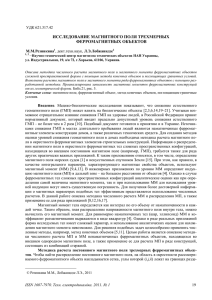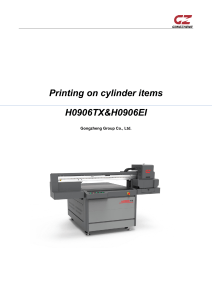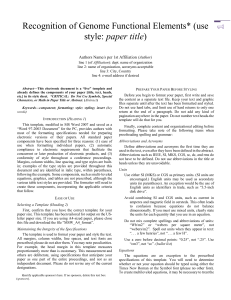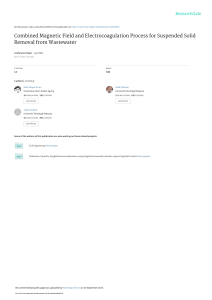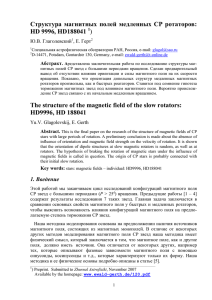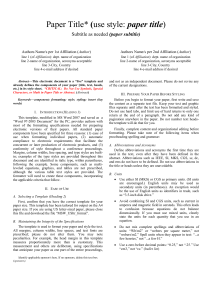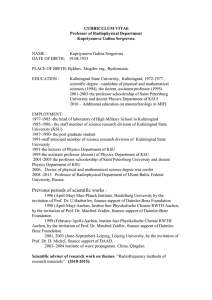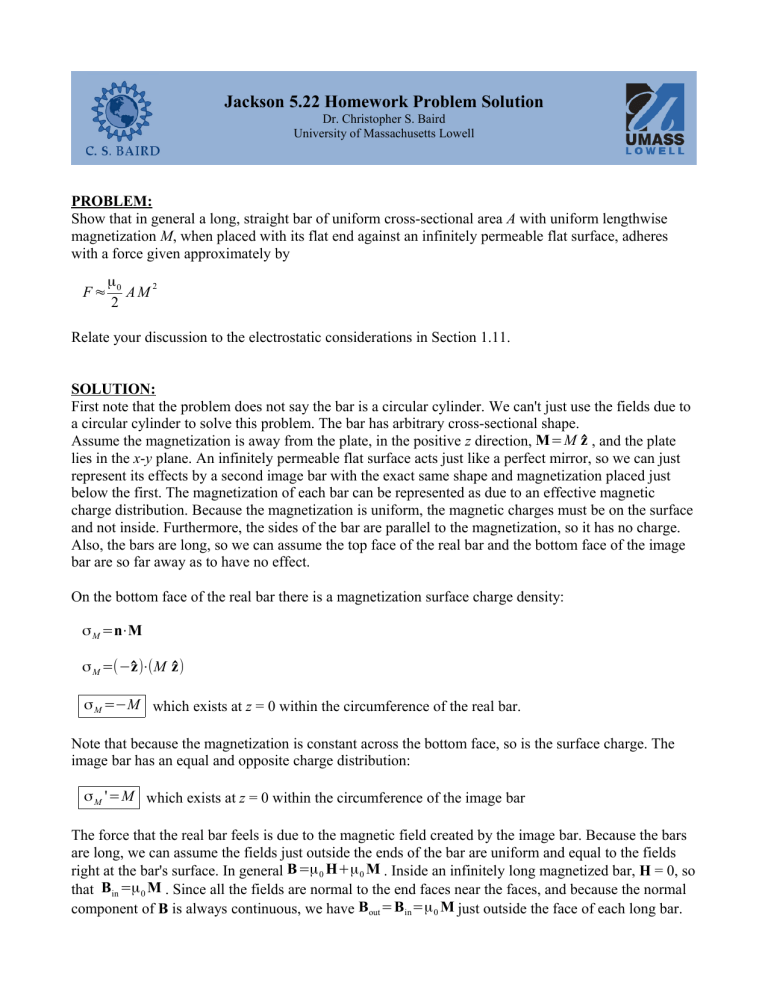
Jackson 5.22 Homework Problem Solution Dr. Christopher S. Baird University of Massachusetts Lowell PROBLEM: Show that in general a long, straight bar of uniform cross-sectional area A with uniform lengthwise magnetization M, when placed with its flat end against an infinitely permeable flat surface, adheres with a force given approximately by F≈ μ0 AM2 2 Relate your discussion to the electrostatic considerations in Section 1.11. SOLUTION: First note that the problem does not say the bar is a circular cylinder. We can't just use the fields due to a circular cylinder to solve this problem. The bar has arbitrary cross-sectional shape. Assume the magnetization is away from the plate, in the positive z direction, M=M ẑ , and the plate lies in the x-y plane. An infinitely permeable flat surface acts just like a perfect mirror, so we can just represent its effects by a second image bar with the exact same shape and magnetization placed just below the first. The magnetization of each bar can be represented as due to an effective magnetic charge distribution. Because the magnetization is uniform, the magnetic charges must be on the surface and not inside. Furthermore, the sides of the bar are parallel to the magnetization, so it has no charge. Also, the bars are long, so we can assume the top face of the real bar and the bottom face of the image bar are so far away as to have no effect. On the bottom face of the real bar there is a magnetization surface charge density: σ M =n⋅M σ M =(−̂z )⋅(M ẑ ) σ M =−M which exists at z = 0 within the circumference of the real bar. Note that because the magnetization is constant across the bottom face, so is the surface charge. The image bar has an equal and opposite charge distribution: σ M '=M which exists at z = 0 within the circumference of the image bar The force that the real bar feels is due to the magnetic field created by the image bar. Because the bars are long, we can assume the fields just outside the ends of the bar are uniform and equal to the fields right at the bar's surface. In general B=μ 0 H+μ 0 M . Inside an infinitely long magnetized bar, H = 0, so that Bin =μ 0 M . Since all the fields are normal to the end faces near the faces, and because the normal component of B is always continuous, we have Bout =Bin=μ 0 M just outside the face of each long bar. Near the top face of the image bar, the magnetic force created by the bar is therefore: Bout =μ 0 M ̂z Similar to electrostatics, the force on an effective magnetic charge is just: F=q M B The total force over a surface charge is therefore: F=∫S σ M B da For our case, this becomes: F=∫S (−M )(μ 0 M ̂z )da Everything is constant and can come out of the integral. F=−z μ 0 A M 2 Note that by using an image bar, we have in effect double-counted. In reality, there are no fields in the region z < 0. We can account for this by multiplying by one half: F=−z μ0 AM 2 2

